SUMMARY
This is AI generated summarization, which may have errors. For context, always refer to the full article.
![[OPINION] Wetlands: Our answer to water insecurity](https://www.rappler.com/tachyon/2021/02/Hein-Htet-Fishing-under-the-tree_small-1.jpg)
The ASEAN Center for Biodiversity expresses its solidarity with the rest of the world in celebrating World Wetlands Day and highlighting the urgency and need to conserve and protect wetland ecosystems.
World Wetlands Day, which falls annually on the 2nd of February, marks the date of the adoption of the Ramsar Convention on Wetlands, a treaty ratified by 170 countries to protect wetlands and promote their wise use.
This year’s theme of World Wetlands Day, “Water and Wetlands,” puts a spotlight on the vital role of wetlands ecosystems in our everyday lives and well-being, particularly in meeting our water needs.
Access to clean water has always been a concern across the globe. The COVID-19 pandemic makes this issue even more timely as clean water is necessary for ensuring proper hygiene, public health, and safety. The most recent report of the World Health Organization released in December 2020 said 1.8 billion people in the world lacked basic water services in health care facilities. The ASEAN region, on the other hand, is keeping up with the global aim of providing access to drinking water to all, with the average reaching 83.8% of the population in 2018, according to the ASEAN Sustainable Development Goals Indicators Baseline Report 2020.
It remains concerning, however, that millions of people are still without access to clean and safe water, and the threat of water insecurity still looms. This is worsened by extreme weather conditions brought about by climate change, such as prolonged dry seasons resulting in drought and water shortage.
The role of wetland ecosystems as natural solutions to the crisis still needs to be widely recognized. In the ASEAN region, inland waters and wetlands occupy close to 2 million square kilometres and comprise 60% and 42% of the world’s tropical peatlands and mangrove forests, respectively.
If managed properly, inland wetlands, such as lakes, rivers, swamps, marshes, and peatlands, can serve as natural water reservoirs. Most especially during rainy seasons, these ecosystems recharge groundwater and provide a sustainable surface water supply. The water coming from these natural reservoirs serve various purposes at individual and societal levels. Apart from providing fertile soils, wetlands supply water for agricultural activities. These may also be important sources of renewable energy.
For example, inhabitants around Ba Be Lake in Ba Be National Park, an ASEAN Heritage Park (AHP) in Vietnam, including ethnic groups like the Kinh and Hmong, rely on the lake for fishing and farming. In Myanmar, another AHP, Inle Lake Wildlife Sanctuary, which is known for its gardens bobbing atop the lake, serves as a watershed and water source for communities’ electricity and domestic use.
In the Philippines, Lake Lanao, the second largest lake in the country and one of the 15 ancient lakes in the world, helps generate 70% of the electricity for domestic use in Mindanao. The Philippine government has proclaimed it as a watershed reserve to help ensure its protection and sustainable management.
Healthy wetlands also improve water quality by absorbing excess nutrients and filtering out pollutants and other sediments. Singapore, for instance, uses floating islands to improve the quality of their urban catchments by using mostly aquatic plants such as the narrow-leaved cattail (Typha angus-tifolia), umbrella plant (Cyperus alternifolius), and aquatic canna (Canna glauca).
We need a whole-of-community and integrated approach in sustainably managing and conserving our remaining wetlands, with recognition of the relationship between water security, public health, and well-being. This approach must take into consideration the rich biodiversity in and around these areas that contribute to the effective functioning of the wetlands. This includes unique vegetation like giant bamboo (Dendrocalamus asper), bayog (Bambusa merilliana), and kawayan tinik (Bambusa blumeana), and rare and endemic freshwater fauna, like the critically endangered Mekong Giant Catfish (Pangasianodon gigas) in Mekong River and the critically endangered halfbeak fish (Tondanichthys kottelati) in Lake Tondano, which is the largest lake in North Sulawesi, Indonesia.
There are also efforts to recover degraded wetlands, such as the ones in Boracay island in the Philippines, which are joint activities of the government and the private sector.
At the regional level, the joint efforts of the ACB and the ASEAN Member States to rehabilitate forests and wetlands come at an auspicious time, especially with the start of the UN Decade on Ecosystem Restoration this year. In addition, the ACB continues to support select wetland-protected areas in the region in terms of capacity development, livelihood development, and law enforcement through the ASEAN Heritage Parks Program.
Furthermore, the ASEAN Flyway Network (AFN), a virtual network of flyway site managers and other key stakeholders, has concluded its waterbird census and wetland assessments, with results intending to inform conservation actions in the region’s inland waters. The presence of a healthy population of waterbirds can be considered an indicator of a well-managed wetland area. The AFN was established to enhance collaboration and strengthen efforts at the regional level to protect wetlands which are important staging grounds of waterbirds migrating along the East Asian-Australasian Flyway.
Our long-term COVID-19 recovery efforts bring us close to our aim of protecting and conserving wetlands and the variety of species thriving within it. The ASEAN Comprehensive Recovery Framework and its Implementation Plan, which was adopted by the ASEAN leaders in November last year, gives the region the leverage to mainstream biodiversity across the water and agriculture sectors. Given that hand-washing is our first line of defense against the spread of viruses, addressing the water issues in the region is pivotal.
We are happy to see important progress in our efforts. But if we continue to take our wetlands for granted and lose crucial biodiversity in the process, it will certainly affect our ability to effectively respond to an impending global water crisis. Amid these difficult times, we need not look elsewhere for solutions; they are right in nature.
In celebration of World Wetlands Day, we invite all sectors and members of communities to improve synergies in translating commitments for wetlands conservation to impactful actions on the ground that will benefit the peoples of the ASEAN.
Happy World Wetlands Day! – Rappler.com
Dr. Theresa Mundita S. Lim is the executive director of the ASEAN Center for Biodiversity (ACB). A veterinarian and wildlife management expert, she was the director of the Biodiversity Management Bureau of the Department of Environment and Natural Resources of the Philippines prior to joining the ACB. She also chaired the United Nations Convention on Biological Diversity’s Subsidiary Body on Scientific, Technical, and Technological Advice (SBSTTA) from 2017 to 2018.
Add a comment
How does this make you feel?
![[OPINION] The environmental crisis must be a matter of national security!](https://www.rappler.com/tachyon/2020/11/environmental-crisis-november-23-2020-1.jpg?fit=449%2C449)
![[OPINION] Fossil fuel debts are illegitimate and must be canceled](https://www.rappler.com/tachyon/2024/04/IMHO-fossil-fuel-debt-cancelled-April-16-2024.jpg?resize=257%2C257&crop_strategy=attention)
![[WATCH] John Kerry: You can’t solve climate crisis without addressing ocean’s challenges](https://www.rappler.com/tachyon/2023/12/cop28-united-states-john-kerry-december-2-2023-reuters-001.jpg?resize=257%2C257&crop_strategy=attention)

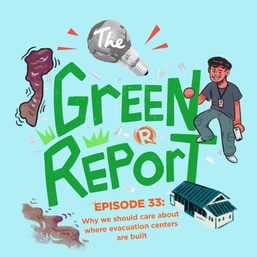
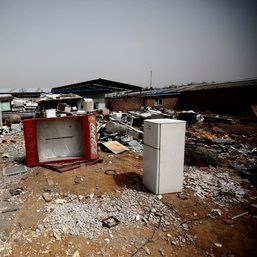
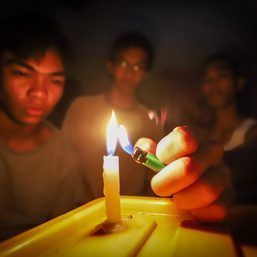
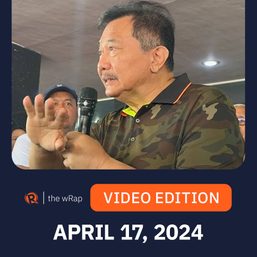
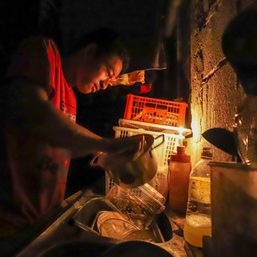

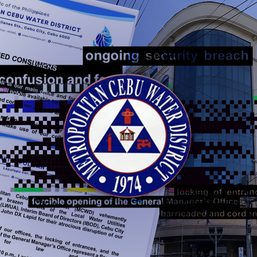
There are no comments yet. Add your comment to start the conversation.